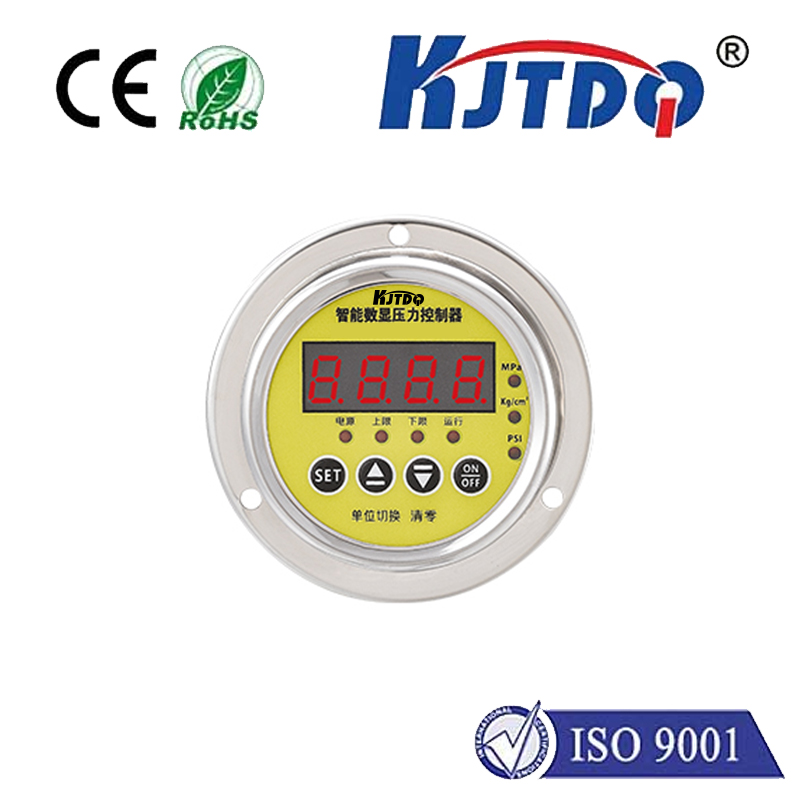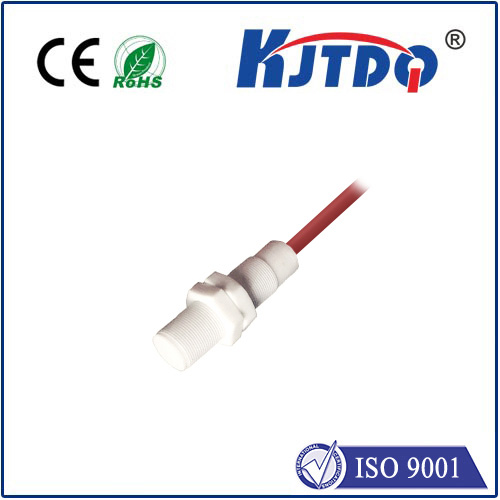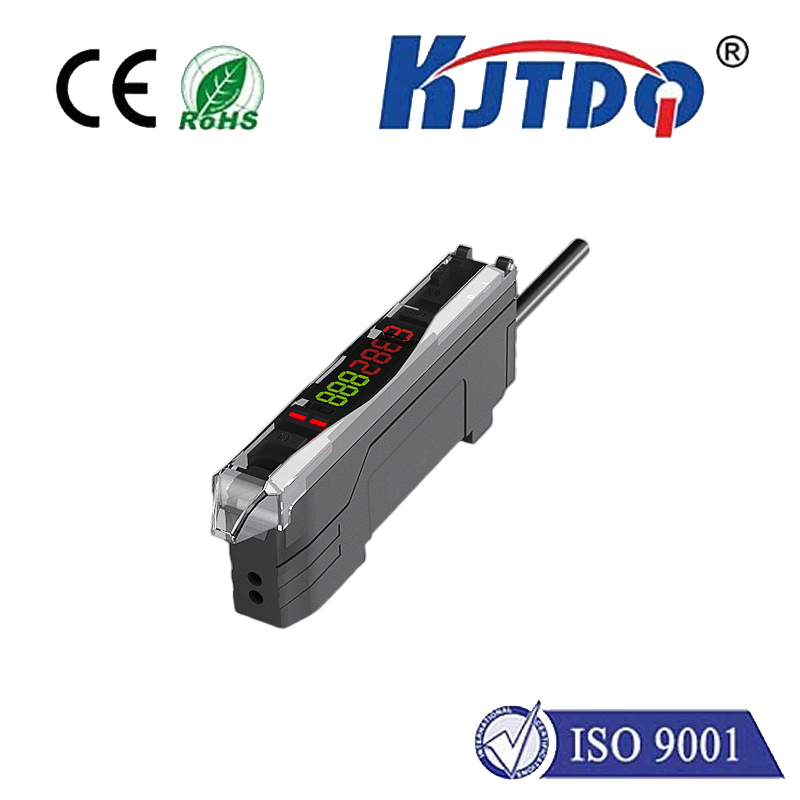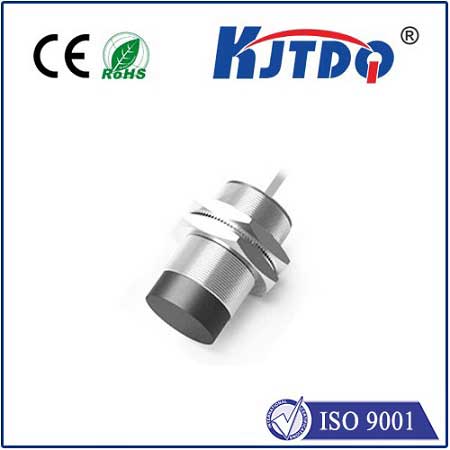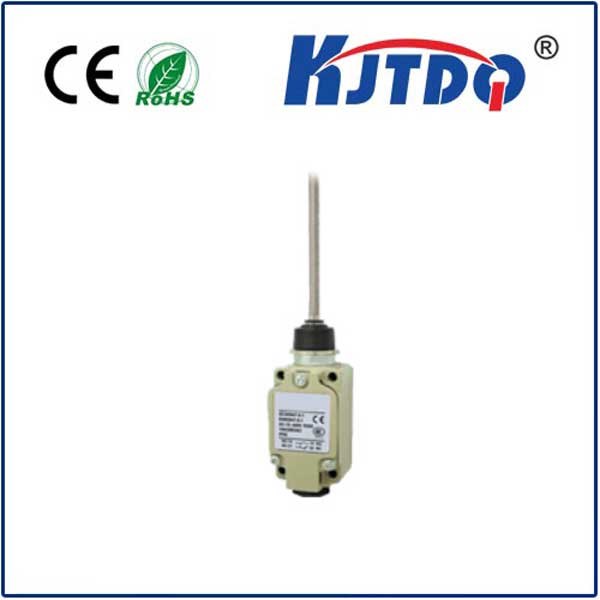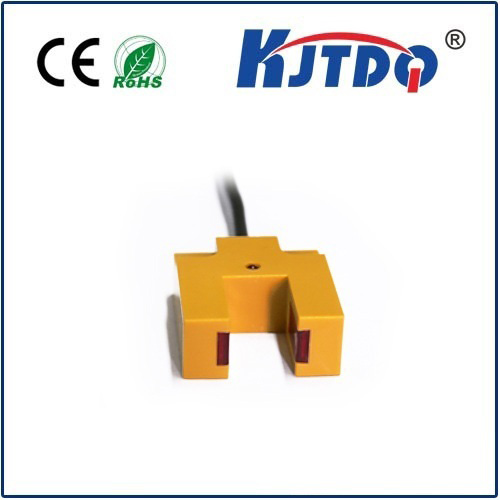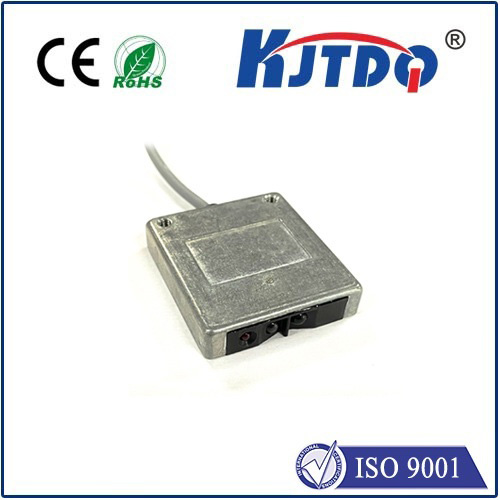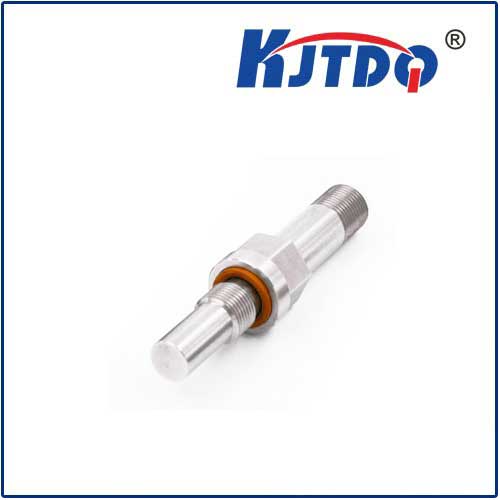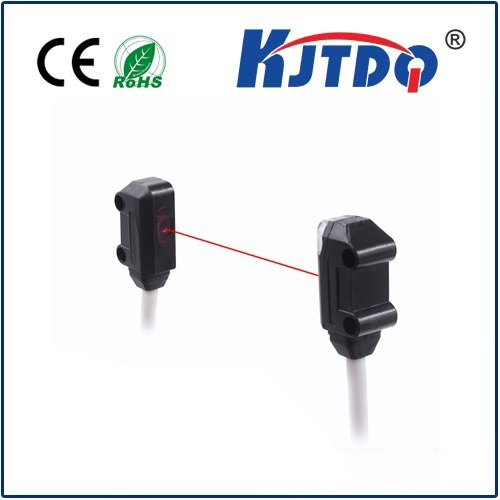inductive sensor range
- time:2024-10-14 16:03:10
- Click:0

Inductive Sensor Range: A Comprehensive Analysis of its Features, Applications, and Benefits”
In the world of technology, sensors play a crucial role in collecting data from the environment. One such sensor is the inductive sensor range, which has become increasingly popular due to its ability to detect metal objects without any physical contact. In this article, we will delve into the features, applications, and benefits of inductive sensor range.
Features of Inductive Sensor Range:
- Non-contact Detection: Inductive sensors operate on the principle of electromagnetic induction. They do not require physical contact with the target object, making them ideal for applications where contamination or wear and tear are concerns.
- High Sensitivity: Inductive sensors are highly sensitive and can detect even the slightest changes in the magnetic field caused by the presence of a metal object. This makes them suitable for applications that require precise measurements.
- Wide Detection Range: Depending on the model, inductive sensors can have a detection range of several centimeters to several meters. This allows them to be used in a variety of applications, from industrial automation to security systems.
- Durability: Inductive sensors are designed to withstand harsh environmental conditions, making them suitable for use in industries such as automotive, aerospace, and manufacturing.
Applications of Inductive Sensor Range:
- Industrial Automation: Inductive sensors are widely used in industrial automation systems to monitor and control machinery and equipment. They are used to detect the presence of metal objects, measure distances, and control the movement of conveyor belts.
- Security Systems: Inductive sensors are used in security systems to detect unauthorized access to buildings and facilities. They can be used to trigger alarms or activate locks when an intruder is detected.
- Automotive Industry: Inductive sensors are used in the automotive industry for various applications, including airbag deployment, engine management, and transmission control.
- Aerospace Industry: Inductive sensors are used in the aerospace industry for monitoring the health of critical components such as turbine blades and landing gear.
Benefits of Inductive Sensor Range:
- Cost-effective: Inductive sensors are cost-effective compared to other types of sensors, making them an attractive option for businesses looking to reduce costs while maintaining high performance.
- Easy Installation: Inductive sensors are easy to install and require minimal maintenance, reducing downtime and increasing productivity.
- Versatility: The wide detection range and durability of inductive sensors make them suitable for a variety of applications, from industrial automation to security systems.
- Reliability: Inductive sensors are highly reliable and provide accurate data, ensuring consistent performance in critical applications.
In conclusion, the inductive sensor range is a versatile and cost-effective solution for a wide range of applications. Its non-contact detection, high sensitivity, wide detection range, and durability make it an excellent choice for businesses looking to improve efficiency and productivity while reducing costs. As technology continues to advance, we can expect to see even more innovative applications for inductive sensors in the future.





